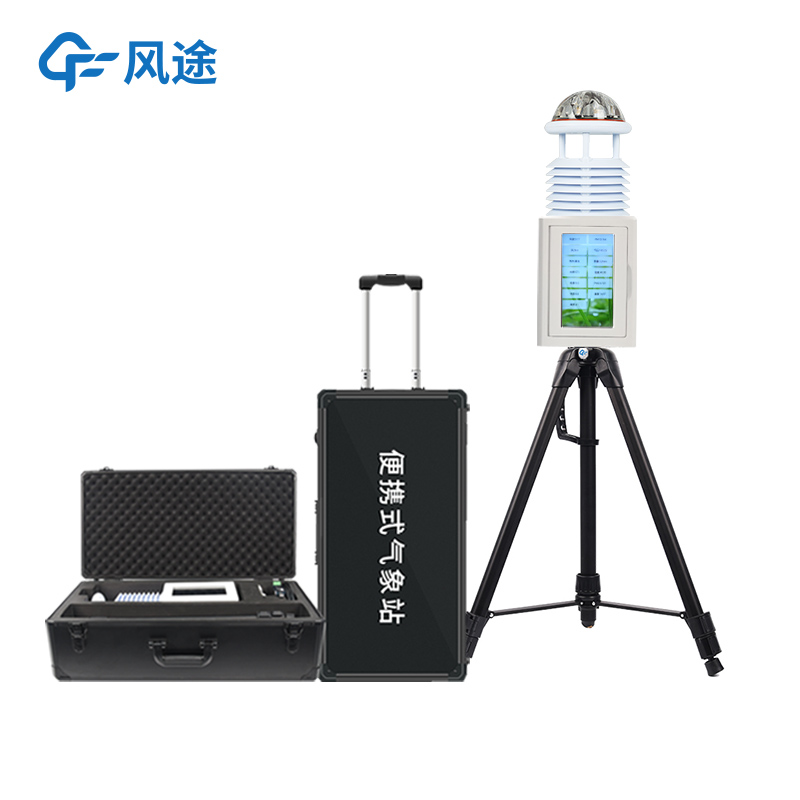I. Conventional Meteorological Observation Station
It monitors the environmental element information through sensors. It can automatically detect multiple elements, generate reports automatically without manual intervention, and regularly transmit the detected data to the central station. It can conduct all-weather on-site monitoring of meteorological elements such as wind speed, wind direction, rainfall, and air temperature. According to the needs of customers, corresponding parameter sensors to be monitored can be added. It can be connected to the supporting data collector and software platform, and the data is transmitted to the database of the software platform for statistical analysis and processing. It is widely used in urban environmental monitoring in industries such as industrial and agricultural production, tourism, scientific research, and meteorology.
It uses a low-power consumption collector, with a static power consumption of less than 50uA; GPRS networking is standard, and Bluetooth and wired transmission are supported for expansion; it is equipped with a 7-inch Android touch screen; it supports the expansion of modbus485 sensors; it has functions such as MPPT (Maximum Power Point Tracking) for solar charging management.
II. Ultrasonic Weather Station
It can monitor meteorological data all day long, including parameters such as temperature, humidity, wind speed, wind direction, and air pressure. By adopting high-precision timers and high-speed data processing technology, it can achieve high-precision meteorological measurement, effectively avoiding the problem of inaccurate measurement caused by sensor startup delay, demodulation circuit delay, and temperature changes. Its performance is not affected by environmental temperature, humidity, etc., and it can achieve long-term and stable meteorological monitoring. It can transmit meteorological data in real-time through wireless transmission technology, enabling timely access to meteorological data, and providing more accurate data support for applications such as weather forecasting and climate analysis.
The ultrasonic sensor uses high-frequency signals, which can effectively avoid electromagnetic interference and the interference of other wireless signals, ensuring the accuracy of the measurement. It is widely applied in fields such as meteorological monitoring, urban environmental monitoring, and wind power generation.
III. Portable Weather Station
It integrates a variety of high-precision sensors and can measure and record meteorological elements such as temperature, humidity, air pressure, wind speed, wind direction, and precipitation in real-time. This weather station is designed to be compact and lightweight, making it easy to carry and deploy quickly. It is especially suitable for use in scenarios such as outdoor exploration, agricultural monitoring, and scientific research expeditions. The Portable Weather Station can not only monitor multiple meteorological elements simultaneously, providing comprehensive meteorological information, but also uses high-precision sensors to ensure the accuracy and reliability of the data. It supports data storage and wireless transmission functions, and users can view the data in real-time through devices such as mobile phones and computers. The Portable Weather Station adopts energy-saving technology and can be used for a long time in areas without electricity. Its versatility and portability make it widely used in fields such as meteorological monitoring, agricultural planning, emergency rescue, and scientific research expeditions, providing users with a flexible and efficient meteorological monitoring tool.

Article address:https://www.sqqx.net/en/news/601.html

 +86 15898932201
+86 15898932201



